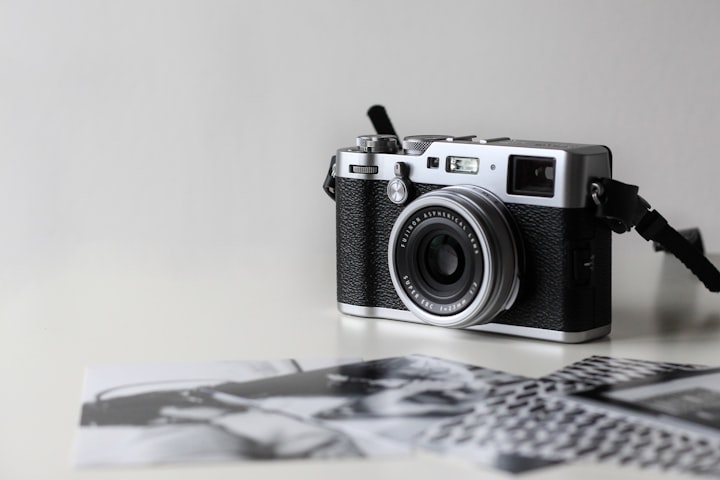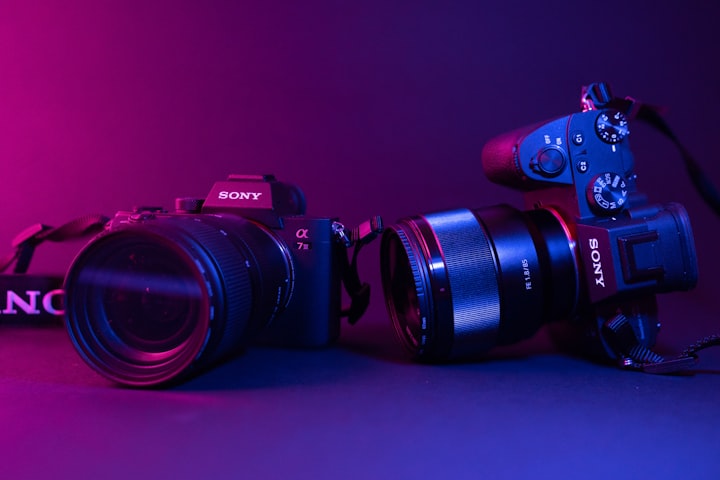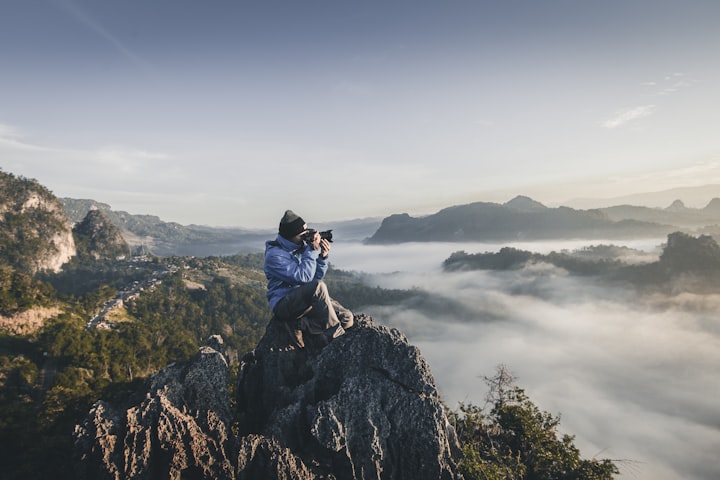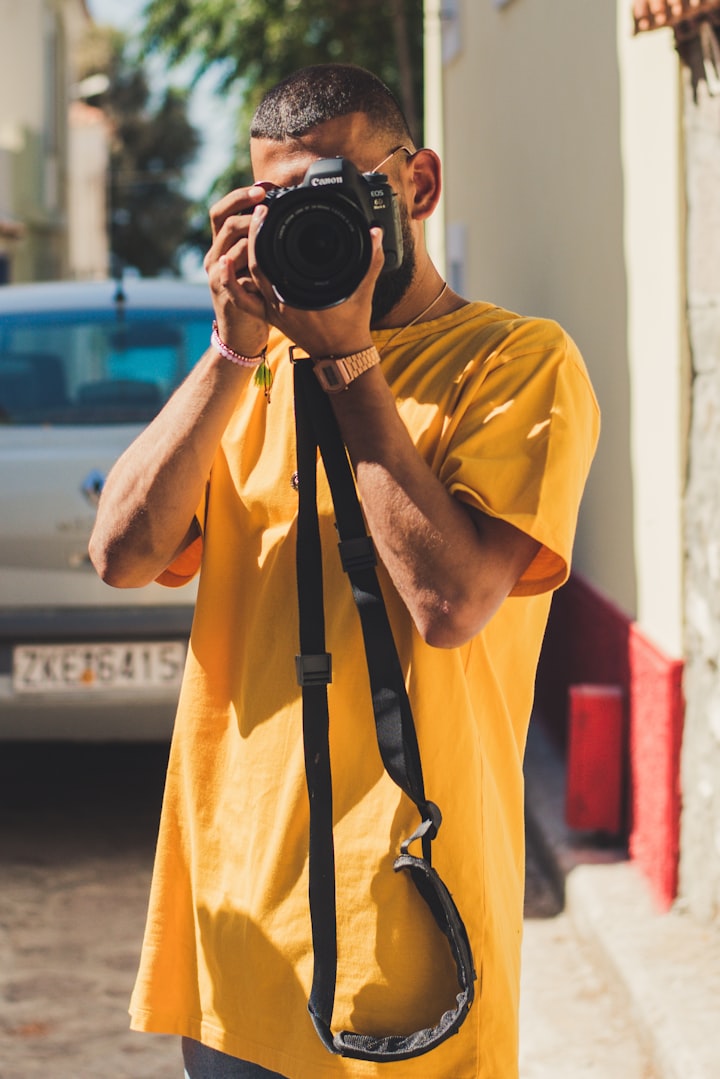
You have come to the correct place if you're interested in photography but don't know where to start or if you've been using your camera for a while and want to sharpen your shooting techniques. This blog's content will not only help you increase your photographic expertise but will also help you get to the next level. In this blog, we will discuss tips you must remember while capturing photos with your Cameras & Photo
DSLR & Mirrorless Camera
"Digital Single Lens Reflex" or DSLR. In plain English, a DSLR is a digital camera that makes use of a mirror mechanism to either let light entirely pass onto the image sensor (which captures the image) by moving the mirror out of the way or reflect light from a camera lens to an optical viewfinder, which is an eyepiece on the back of the camera that one looks through to see what they are taking a picture of.
A mirrorless camera (hence the name) completely lacks such a mirror mechanism, which means that light passing through the lens always ends up on the imaging sensor. In contrast, a DSLR camera uses a mirror mechanism to reflect light into an optical viewfinder or pass it through directly to the camera sensor. Mirrorless cameras often rely on electronic viewfinders (EVF) and LCDs that project what the imaging sensor sees since light is no longer reflected on an optical viewfinder (OVF). When compared to DSLR cameras, mirrorless cameras can be made simpler, lighter, and less bulky due to the absence of a mirror system and an optical viewfinder.
Learn The Meaning Of ISO, Shutter Speed and Aperture
Without a thorough understanding of ISO, Shutter Speed, and Aperture, sometimes called the "Exposure Triangle," it is challenging to create effective images. Although most modern DSLRs include "Auto" modes that choose the proper shutter speed, aperture, and even ISO for your exposure, choosing an Auto mode restricts what your camera is capable of.

By measuring the amount of light passing through the lens, the camera must frequently make an educated guess as to what the proper exposure should be. Understanding the interplay between ISO, shutter speed, and aperture in detail enables photographers to fully control the scenario by manually adjusting the camera. Understanding how to change the camera's settings as necessary lets, you get the most out of your camera and fully use it possible to produce excellent pictures.
Shutter Speed: the period that the shutter of a camera is open, allowing light to enter the sensor. When shutter speeds are less than one second, they are commonly measured in fractions of a second. Fast shutter rates help to freeze action, while slow shutter speeds let lighter into the camera sensor and are utilised for low-light and night photography. Shutter speed examples include 1/15 (1/15th of a second), 1/30, 1/60, and 1/125.
Aperture: A gap between lenses allows light to enter the camera body. More light enters the camera sensor through bigger holes. The aperture determines the amount of a scene that appears to be sharp. A minimal aperture results in a big depth of field, whereas a wide aperture results in a narrow depth of field. Since the f-number represents the ratio of the aperture's diameter to its length, it is also called the "focal ratio". It is used to express the aperture in photography. F-number examples include f/1.4, f/2.0, f/2.8, f/4.0, f/5.6, and f/8.0.
ISO: Suppose you are unable to use a longer shutter speed or a wider aperture, a way to make your pictures brighter. Usually, it is expressed as a number, with a lower number denoting a darker image and a higher number representing a brighter image. Nevertheless, increasing your ISO has a price. The amount of noise and grain in your photographs increases as the ISO increases. ISO 100, 200, 400, 800, and 1600 are examples.
We hope this article is quite informative enough to understand the basic difference between Shutter Speed, Aperture, and ISO. You can purchase DSLR and mirrorless cameras from sites like Shopify and avail at a better discount.





Comments
There are no comments for this story
Be the first to respond and start the conversation.